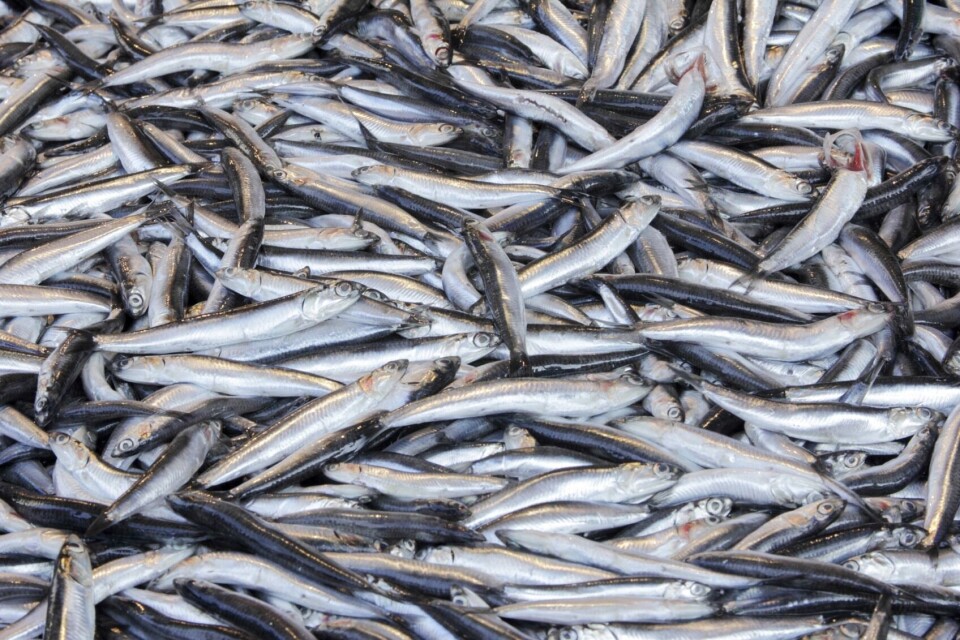
FIP bid for Peruvian anchovy fishery
The Peruvian anchovy fishery has launched its Fisheries Improvement Project (FIP) in a bid to get certifiable status according to the guidelines of the Conservation Alliance for Seafood Solutions (CASS).
This purse seine fishery – one of the most important in the world – accounts for up to six million tonnes in a regular year, most of which is used to make fishmeal and fish oil.
The FIP was launched this week after a memorandum of understanding was signed by the Peruvian National Fisheries Society (SNP) and the Center for Development and Sustainable Fisheries (CeDePesca). The FIP will be developed in conjunction with another one for the direct human consumption part of the fishery.
“The industrial anchovy fishery is very well managed and controlled,” said Elena Conterno, chairperson of the SNP. “Of course, we have some challenges, which we will address with this FIP.”
The action plan for the FIP includes an update of the former pre-assessment against the MSC standard, an evaluation of the trophic impacts of the fishery, the improvement of controls for the small-scale fleet and a better understanding of the impacts on other species, through a private on-board observers programme.
Ernesto Godelman, CEO of CeDePesca, said: “This has confirmed our organisation as the main FIPs implementer in Latin America. I am really optimistic that in the short term we will achieve our common goal and I feel that all of our partners have made the firm decision to improve whatever the gap analysis reveals as a weakness in the fishery.”
Welcoming the development, the IFFO’s director general Andrew Mallison said: “The Peruvian fishing industry and government have for many years shown a very progressive attitude towards responsible fishery management. This project will help demonstrate the controls in place and allow external assessment and certification if needed.”
Backing from feed producers
Feed producers Skretting and Cargill Nutrition have also backed the FIP and will participate in its steering committee.

Steven Rafferty, managing director of Skretting, said: “Skretting has long valued its excellent relationship with Peru’s anchoveta fishery and the country’s feed ingredients industry. The fishery has always been an important source of high-quality, sustainable marine ingredients for the aquaculture sector. We are therefore delighted to be supporting this fishery improvement project, which builds upon the responsible management systems already in place in order to successfully fulfil the future demand for these raw materials while also meeting the highest sustainability assurances required within the global market.”
“The Peruvian fishery is one of the most important fisheries which we use in aquaculture, but also it has great significance for global ecosystems. It has been well managed by the government of Peru, but in this age of globalisation there is increased requirements for transparency, especially for issues concerning environmental and social sustainability.
Einar Wathne, president of Cargill Aqua Nutrition, said: “Cargill Aqua Nutrition applauds SNP for leading the formation of this FIP and building the coalition which will work with key stakeholders to work to improve the status of the fishery and transparency of its management. This will enable it to meet the highest standards of fisheries management demanded to ensure that the fishery is sustainable now and for future generations.”




















































